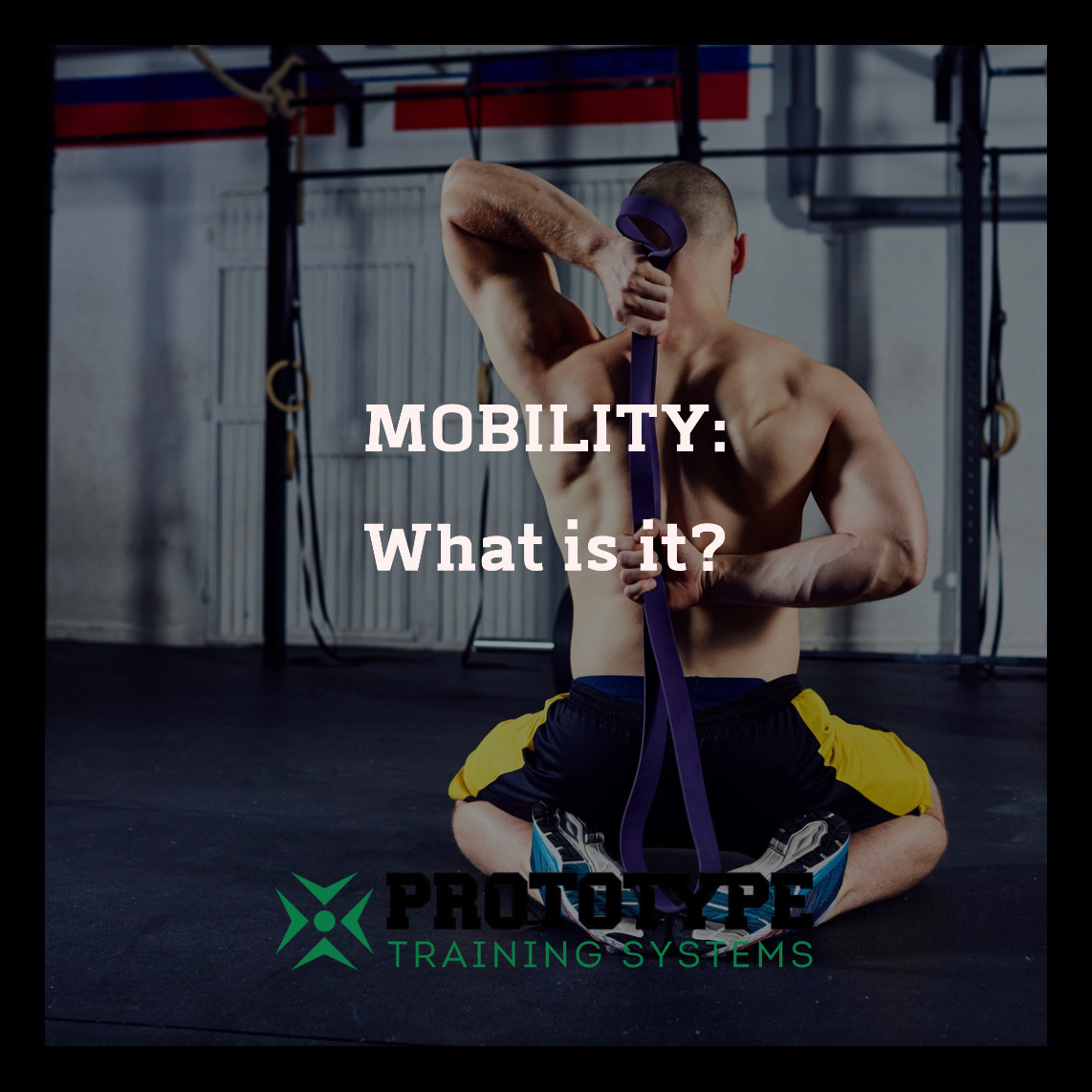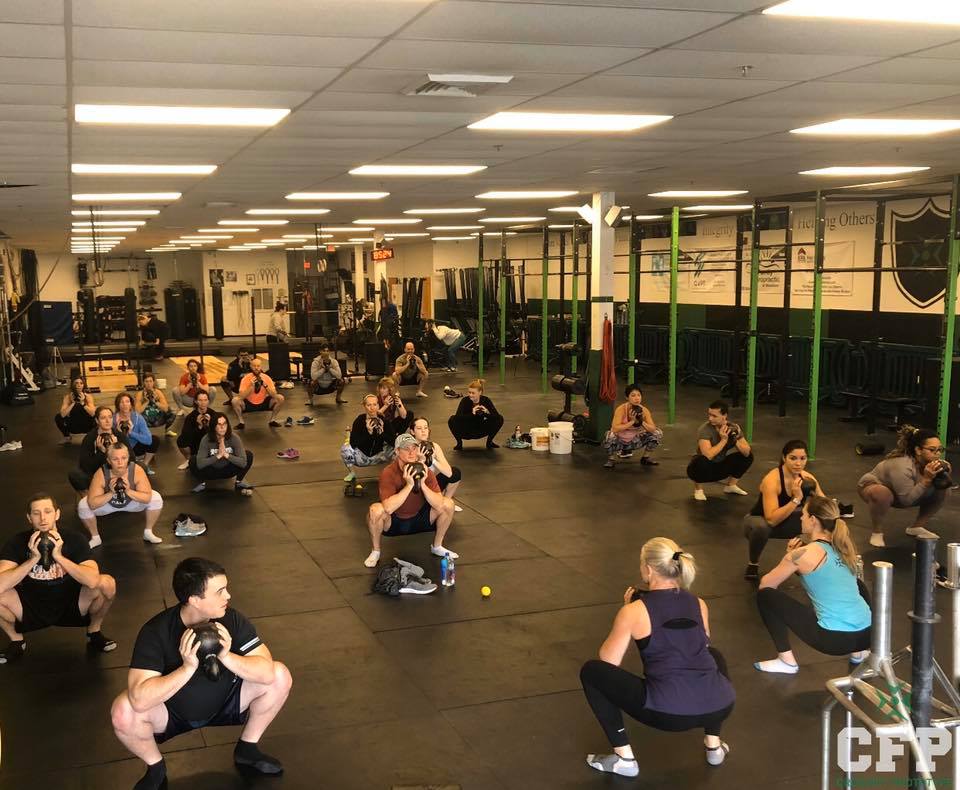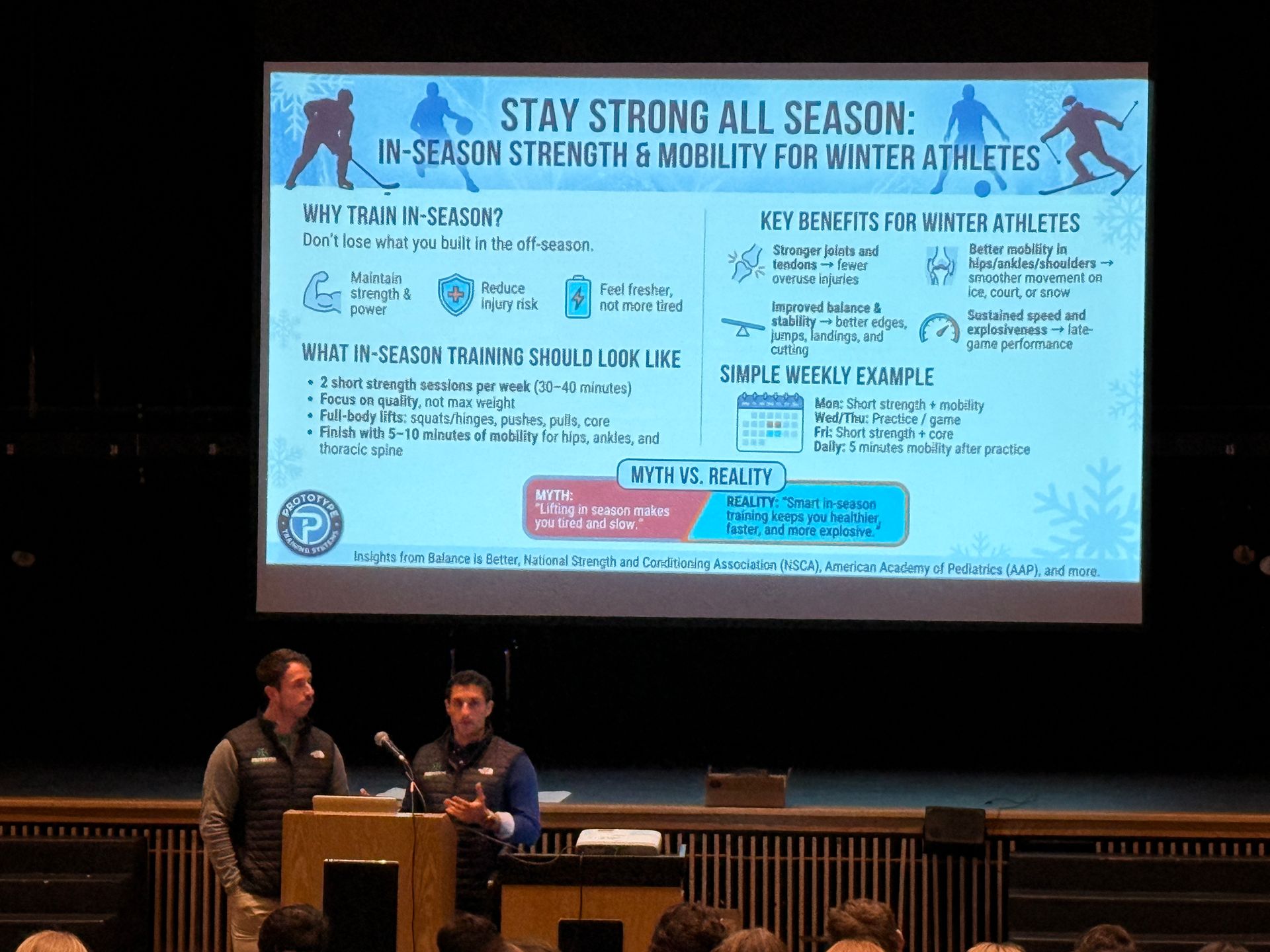Mobility Series: What is Mobility?
Mobility: What is mobility (Part 1)
By: Mike Collette (Owner of Prototype Training Systems)

Mobility is a hot and trending buzzword in the fitness industry. It’s something we all have and more often than not, it’s something that we all need specific work on to move better. Improvements in mobility can be achieved through various modalities and practices, as I often say, there are many roads to the destination.
Something that we enjoy discussing at Prototype Training Systems is movement mechanics and ways to improve movement quality to reduce the presence or potential of pain. In this 3 part series on mobility, we will discuss what mobility is, how it will help you reach any fitness goal, AND what you can do to improve it.
But before we get into the latter, we need to address how our bodies work and what mobility really is. A lot of people think mobility just has to do with your muscles and how they impact your movement. But that’s not necessarily true.
The easiest way to describe how we move is:
- Your brain and nervous system control your ability to move.
- Your joints, whether more mobile or stable, are the governor for the capacity for you to move freely.
- Your muscles and tendons are the puppets that movement is directed through from your brain and your joints.
As you can see, mobility isn’t just associated with your soft tissue (muscles), it includes multiple layers and is impacted by the whole system. In addition, mobility gets mixed in with stability and flexibility, so it’s important to understand the differences between those components and how they interact.
Mobility, Stability, and Flexibility defined:
Mobility is defined as what a joint can do on its own with no external influence.
Stability is defined as the ability to control in the presence of change.
Flexibility on the other hand (which is often misrepresented as mobility), is the ability of a muscle or muscle groups to lengthen passively . You do need proper flexibility to achieve mobility and vice versa, but the two are not the same.
So to put into context, if your body has too much mobility and cannot control particular positions, that more than likely means you need focused work on your stability.
If your body is restricted and cannot move freely to the range of motion that is desired or considered “normal” that likely means you need focused mobility work.
Our bodies need a balance of mobility and stability to move efficiently. The best way to understand this is through what is called the Joint by Joint approach.
What is the Joint by Joint Approach?

Physical Therapist Gray Cook (Founder of FMS) and renowned Strength Coach, Mike Boyle created the systematic theory of the Joint by Joint Approach. Essentially the Joint by Joint Approach details that our bodies are built on alternating segments of stability and mobility. If you look at the graphic above, the highlighted segments in yellow are inherently more stable structures as the highlighted segments in pink are more mobile structures.
As Physical Therapist and strength coach, Charlie Wingroff explains, “every joint requires mobility, and every joint requires stability. Some require more mobility, and some require more stability”.
But why can we move better sometimes when we load movements or when we have some assistance? Well, this gets into the difference between active mobility and passive mobility.
What’s the difference between Active Mobility and Passive Mobility?

Squatting with a load and holding it is a passive mobility drill but also a stability drill as well.
Passive mobility is being able to get your body into a position regardless of how you do it . Maybe you use band distractions or you hold onto a rack. Maybe you simply have a partner help move you into the right position (like a coach or trainer).
With exercises like the one pictured above, it’s impossible not to train mobility AND stability at the same time. This is why some exercises are better than others (but that’s for another time!).
Whatever tool(s) you use, passive mobility means getting into a position through assistance that allows you to achieve ranges of motions you are not capable of on your own. The real goal is to achieve the ability to do this freely, that is active mobility or t he ability to take your body through a range of motion without assistance or external influence.
To improve active mobility, the specific mobility work you would do is focused on restoring lost ranges of motion and returning your body to “normal” ranges of motion. In other words, through various mobility (and/or stability) work, you can reteach your body how to move properly.
This means that mobility is incredibly important for everyone, but especially for those who have movement limitation issues or are new to exercising.
Overtime (especially the older you are), our body has the ability to develop poor neurological habits. These include poor postural positions, improper movement/exercise mechanics, and overall general wear and tear from everyday activities.
So the older you are, it’s going to take a bit longer to break those habits and to move better just like it took a long time to get there. But don’t worry, most mobility (and stability) issues can be resolved barring some genetic abnormalities (such as joint limitations) or severe trauma (such as a car crash).
The next part of this Mobility series we will be addressing WHY you need mobility OR stability, how to identify those needs, and finally, what to do!
If you want help, don’t ever hesitate to ask! Book a Free No Sweat Intro session and we can talk about how we can help! Click here to get started!
The post Mobility Series: What is Mobility? appeared first on Prototype Training Systems.
Previous Blogs


Climb to New Heights
Prototype Training Systems is more than a gym - it is a lifestyle. Join us today!


